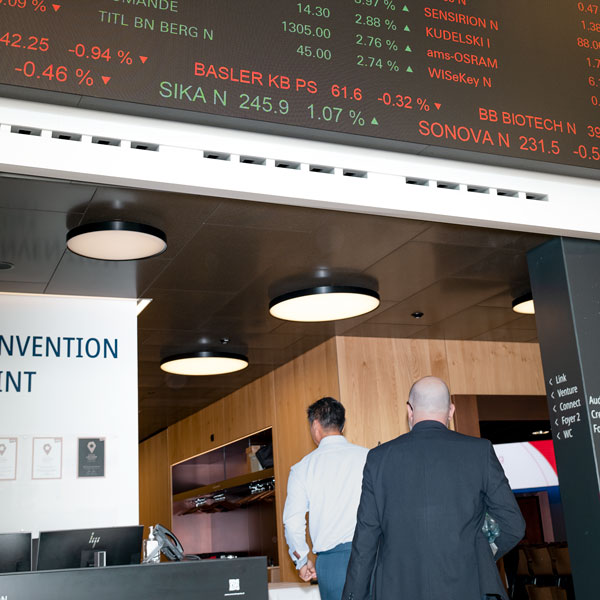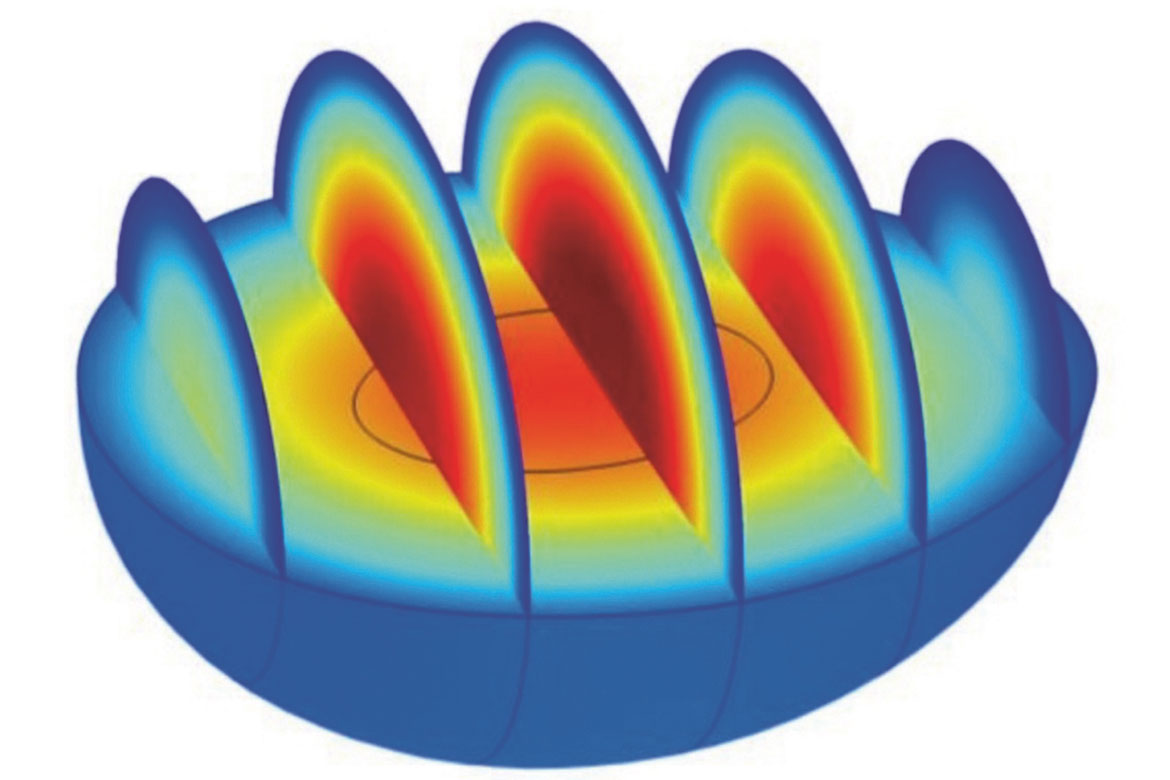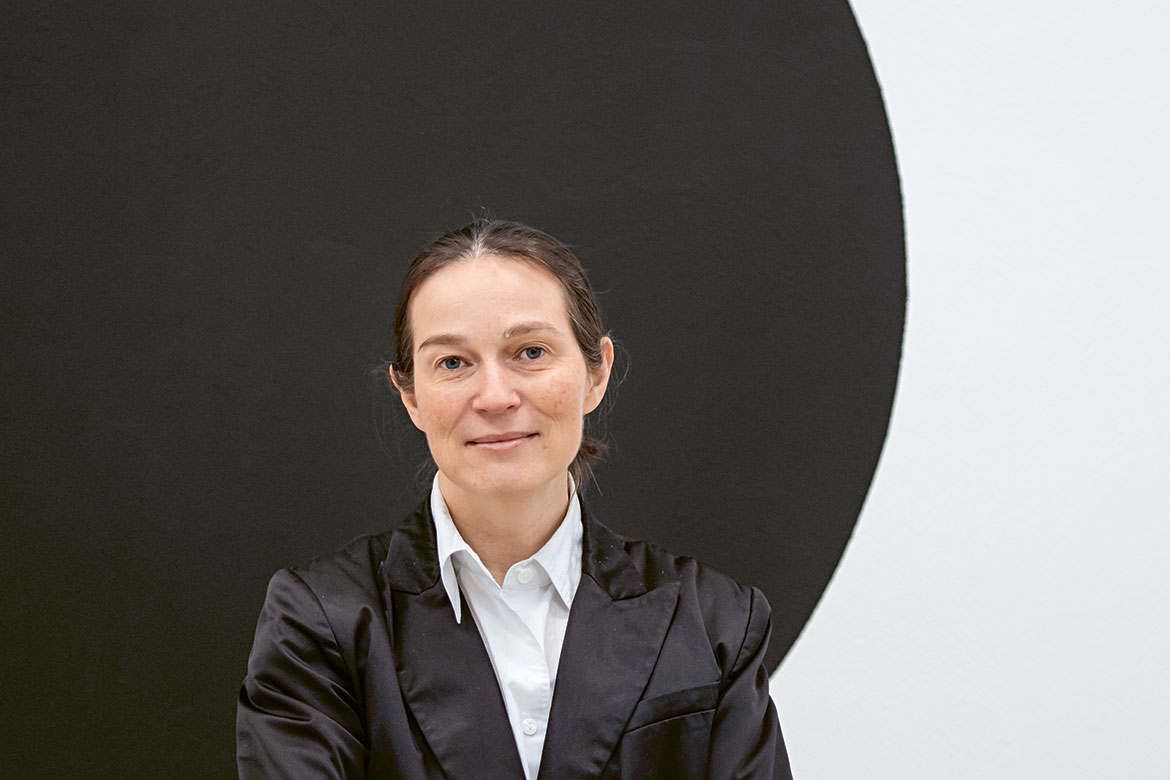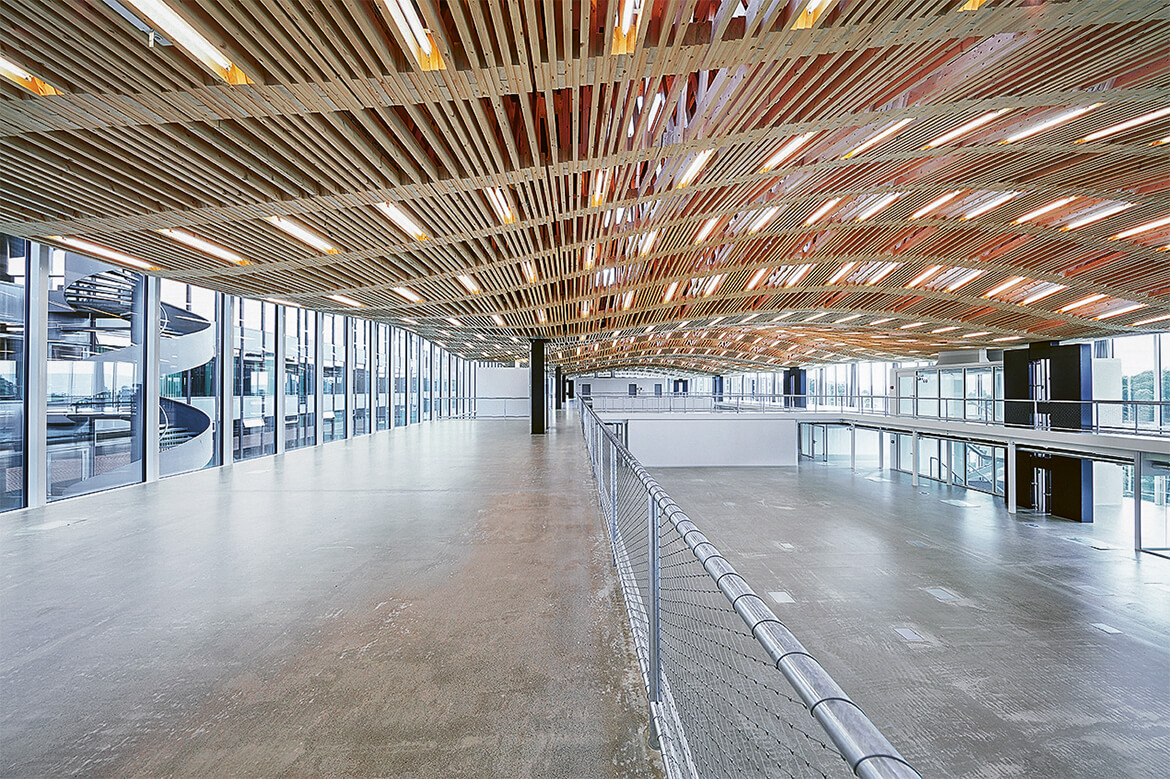Digital touch
Acousticians are using vibrating touchscreens to make glass feel like wood, plastic or metal.
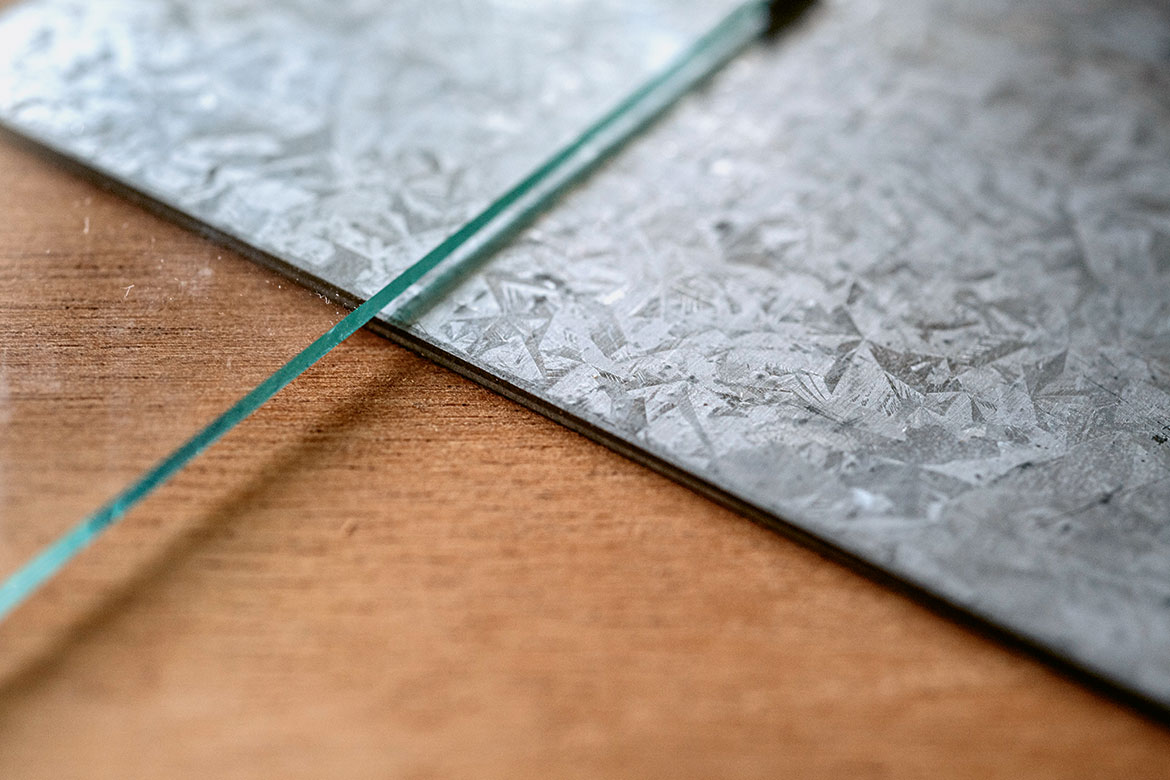
Metal or glass? Touchscreen vibrations can deceive our sense of touch. | Image: Valérie Chételat
We use touchscreens dozens of times every day. Whenever a text pops up on our phone or we hear a ringtone, our eyes and ears are stimulated. But our sense of touch remains overlooked. Hanna Järveläinen, a musician and scientist at the Zurich University of the Arts (ZHdK), wants to change this. Together with researchers from the University of Udine in Italy, she is trying to improve our haptic perception.
Her first step involves a touchscreen. The researchers want to use a glass touchscreen to create the feeling that our fingertip is touching a different material. “Our idea is to create this feeling by stimulating the finger’s nerves with vibrations”, says Järveläinen. This might sound strange, but it functions astonishingly well.
In their experiment, the researchers recorded the vibrations that a table tennis ball makes when it hits against a surface made of either fir wood, hard plastic or steel. In their study, 27 participants put their fingertip on a glass plate that used a device to create vibrations characteristic of these three materials. They then had to guess whether they were ‘touching’ wood, plastic or metal.
“Three out of four people recognised wood, but only half recognised metal”, says Järveläinen. But if the researchers then added the sound made by a table tennis ball when it falls on the material in question, the number of people who felt the ‘right’ surface increased considerably. Besides its possible applications for smartphones, this finding also opens up whole new opportunities for virtual-reality applications.

